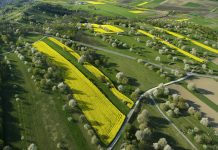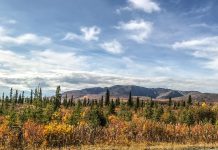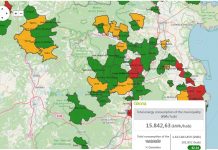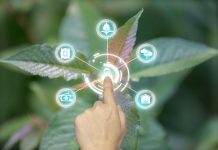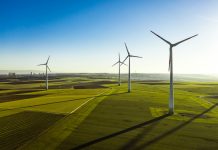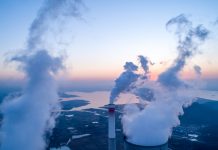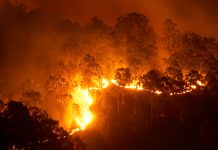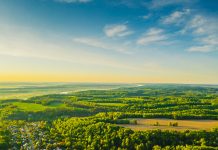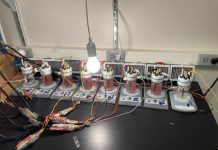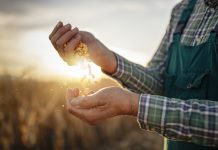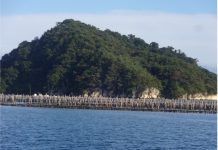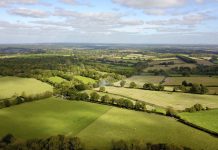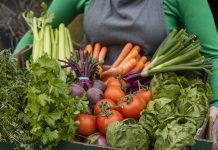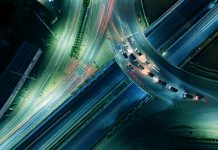Home 2024
Archives
EURO-CORDEX: A community effort provides the basis for regional climate adaptation in Europe
Climate change is a worldwide threat to humanity and to human activities. Especially in the densely populated continent of Europe, targeted adaptation to the man-made changes in climate is necessary.
Permafrost grown: The heterogeneity of permafrost conditions
Melissa Ward Jones, from the University of Alaska Fairbanks, explains the heterogeneity of permafrost conditions and how it can impact agriculture.
Green infrastructure for ecosystem resilience
Mita Drius and Luana Silveri from the Free University of Bozen-Bolzano, explain fostering green infrastructure for ecosystem resilience in Alpine regions. The FRACTAL model, we hear, is a bottom-up all-round approach.
Permafrost grown: Investigating permafrost-agriculture interactions in Alaska
Here, we learn about Dr. Melissa Ward Jones, who leads a transdisciplinary team of researchers at the University of Alaska Fairbanks, co-producing knowledge with farmers to understand these unique agricultural systems better.
Energy transition plans: How municipalities face the energy transition
Municipalities need tools to manage and achieve the local energy transition, according to Gerard Laguna Benet, Researcher at BEE Group – CIMNE.
Climate change threatens beach tourism
The Climate Service Center Germany (GERICS) and the Blue Flag Programme cooperate on the beach and coastal tourism adaptation to climate change.
Machine learning helps to improve climate services
Machine Learning methods have received significant attention in the past few years as a game changer for product development and Climate Services
Machine Learning methods,...
The toxicological implications of e-waste
Here, Donald A. Bruun and Pamela J. Lein discuss the toxicological implications of e-waste and how to address this global problem.
Next-generation climate services, regional to local scale
Here, we discover how Climate Service Center Germany (GERICS) develops next-generation climate services from the regional to local scale.
Out of the frying pan and into the fire: The gas stove toxicity debate
Jeremy MacMahon, Chelsea Unkel and Pamela J. Lein from the University of California, Davis, unpack household air pollution, focusing on the gas stove toxicity debate.
CO2 bioeconomy: Creating value from carbon dioxide
Is the CO2 bioeconomy creating value from carbon dioxide? Dr Kang Lan Tee and Professor Tuck Seng Wong both explain.
Building a resilient future: Tackling climate change, human health and wildfires
Mónica Rodrigues from the University of Coimbra and Fantina Tedim from the University of Porto, both in Portugal, present their perspectives on climate, human health, and wildfires to create a future that is both sustainable and resilient.
Decarbonising the world economy with synthetic biology
Macquarie University Distinguished Professor Ian Paulsen, discusses how synthetic biology can be used to decarbonise the global economy.
Understanding the climate change impact on health
Scientists at the Climate Service Center Germany (GERICS) help society to prepare for climate change impacts on health in a multi-faceted approach.
How to convert CO2 to bioplastics in the age of global warming
Arpita Bose, PhD, Associate Professor, describes how to convert CO2 to bioplastics through new bugs and novel tools with a focus on fighting global warming.
A focus on Global Biodiversity Framework Target 7: Approaches to pollution
Dr Christoph Neumann analyses the Global Biodiversity Framework Target 7, and explains the need for a qualified risk-based approach to pollution from the COP15 convention.
Bamboo circulation in Satoyama and Satoumi: Japan’s hilly and coastal areas
Professor Saijo Kiyoshi at the Miyagi University of Education explains the work behind the bamboo circulation project of 2020, focusing on bamboo growth and utilization in Satoyama and Satoumi.
Supporting Europe’s transition to climate-neutral farming
We hear from ClieNFarms, an Innovation Action project funded by the European Commission to support the European Green Deal and achieve climate-neutral farming across Europe’s agricultural industry by 2050.
Renewfood manufacturing: Food production for a nourished, resilient nation
Dr Kang Lan Tee, Matthew Hutchinson, Joe Price and Professor Tuck Seng Wong from the University of Sheffield explain the importance of re-imagining food production to support people and the planet.
Gamified eco-driving to motivate safe and sustainable driving
With young drivers at the greatest risk of accidents on the road, eco-driving could offer a solution that promotes safer driving techniques while reducing the environmental impact.




